Pranayama, which is an integral part of yogic practice supports body, mind health. While practicing pranayama is effective in strengthening lungs, certain types of pranayama are highly effective in strengthening lungs and relieving lung conditions.
Various studies have been conducted on the effectiveness of pranayama for lung infection and on pranayama for increasing lung capacity. A 12-week research involving 91 young and healthy volunteers has proved that practicing pranayama promotes lung function.
The benefits of pranayama for lung infection and lung diseases are proven by various studies. A research conducted among 50 participants with varied levels of chronic obstructive pulmonary disease has proven that practicing pranayama for 3 months was effective in reducing the severity of COPD. It was also observed that the 3 month practice improved lung health.
Visit this page for the most effective 23 yoga poses for lung health.
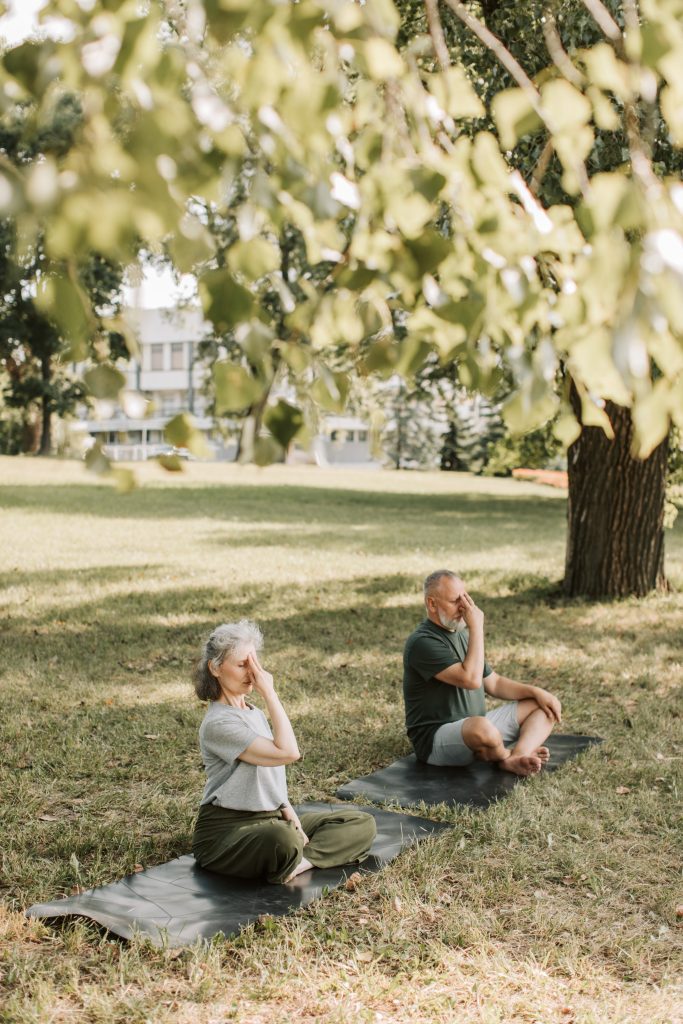
Best Pranayama Techniques for Strengthening Lungs
Given below are some of the most effective pranayama practices to support lung health and be relieved from lung conditions.
1) Alternate Nostril Breathing
Alternate Nostril Breathing cleanses all the energy channels in the body. Visit this page for information on the benefits of Alternate Nostril Breathing and instructions on how to perform the practice.
2) Pranava Pranayama
Pranava Pranayama involves practicing pranayama with the focus on 'Om' the Pranava Mandra.
Benefits
Important benefits of Pranava Pranayama include:
- Boosts lung health
- Helps to regulate high blood pressure
- Improves flow of prana
- Relieves negative thoughts
- It is an effective yoga pose for insomnia
- Helps to reduce stress and anxiety
- Promotes calm
Instructions
- Sit on a meditative posture.
- Keep your back straight and eyes closed.
- Assume chin mudra. To perform chin mudra, you need to bring the tips of your thumb and index finger together and keep the other three fingers stretched.
- Perform normal breathing.
- Focus your mind on the mantra 'Om'.
- Keeping your eyes closed, release Chin Mudra, raise your hands over your head, bring your palms together and rub them for about 15 to 20 seconds. Place your palms over your closed eyes and feel the warmth.
- Slowly open your eyes. Bring your hands down.
- Beginners can perform Pranava Pranayama for three to five minutes, Gradually the duration can be increased to one hour.
3) Savitri Pranayama
Savitri Pranayama promotes lung function and regulates heart beat.
A research with 11 women participants has proven that practicing Savitri Pranayama positively impacts heart beat and blood pressure.
A research with 45 participants has proven that practicing Savitri Pranayama boosts lung function.
Benefits
- Promotes lung function
- Helps to maintain healthy blood pressure
- Boosts heart health.
- Promotes clarity of thought
- Helps to improve focus
- Promotes calm
Instructions
- Assume Lotus Pose or any other meditative pose you are comfortable with. Savitri Pranayama can be performed lying in supine position as well.
- Keep your back straight and eyes closed.
- Maintain normal breathing for few seconds.
- Inhale for 6 seconds and hold the breath for 3 seconds.
- Now exhale for 6 seconds and do not breathe in for the next 3 seconds.
- Repeat this for another 4 times. The duration can be gradually increased to 15 minutes.
4) Kapalabhati
Kapalabhati helps to detoxify the body.
Benefits
- Strengthens respiratory system
- Promotes flow of prana in the body
- Detoxifies the body
- Reduces excess fat
- Regular practice of the pose helps to strengthen the nervous system.
- Promotes functions of abdominal organs
- Calms the mind
Instructions
- Assume Thunderbolt Pose or Easy Pose. Keep your back straight.
- Place the palms on your abdomen on either side of your navel.
- Breathe in normally.
- As you exhale, draw your abdomen in and exhale with force.
- Again inhale normally, draw your abdomen in and exhale with force.
- One inhalation and exhalation makes a cycle. Perform 10 cycles. Follow it up with normal breathing for few seconds and perform yet another one or two cycles.
Note
Those with severe heart conditions, abdomen and spine conditions should refrain from practicing Kapalabhati Pranayama. Women should not practice Kapalabhati during menstrual cycle and pregnancy.
5) Bhastrika Pranayama
Bhastrika Pranayama is yet another effective pranayama for lung health.
Benefits
- Boosts function of respiratory system
- Clears phlegm
- Stimulates function of digestive system
- Strengthens abdominal muscles
- Energizes the body and mind
- Regulates flow of prana
- Calms the mind
Instructions
- Sit on Lotus Pose or any other meditative pose you are comfortable with.
- Perform deep inhalation and exhale through both nostrils with slight force.
- Inhale with same force and exhale using same force.
- Abdomen should expand as you inhale and contract as you exhale.
- Perform inhalation and exhalation continuously for 10 times and that would complete one cycle. Perform 3 cycles.
A research on Bhastrika Pranayama shows that practicing Bhastrika without force also helps to stimulate parasympathetic nervous system thereby aiding in improving functions of autonomic nervous system.
Note: Those with high blood pressure, heart conditions, severe spine problems and intestine conditions should refrain from practicing Bhastrika Pranayama. Those with severe eye diseases should also refrain from practicing Bhastrika.
Never exert yourself to perform pranayama. Those who experience health conditions should perform pranayama under able guidance.
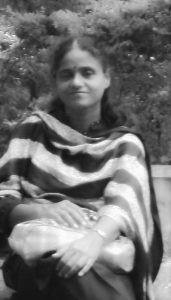
Rama Thamizharasu
Welcome to yogaaatral. I am a yoga therapist, SEO consultant, writer and translator. If you love pets, we invite you to visit our pet blog @ https://voiceofapet.blogspot.com/ and our YouTube Channel http://www.youtube.com/@PetsDiaryandMomsToo
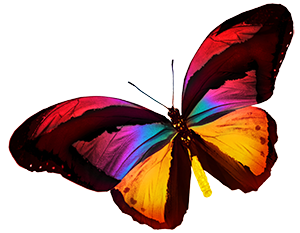

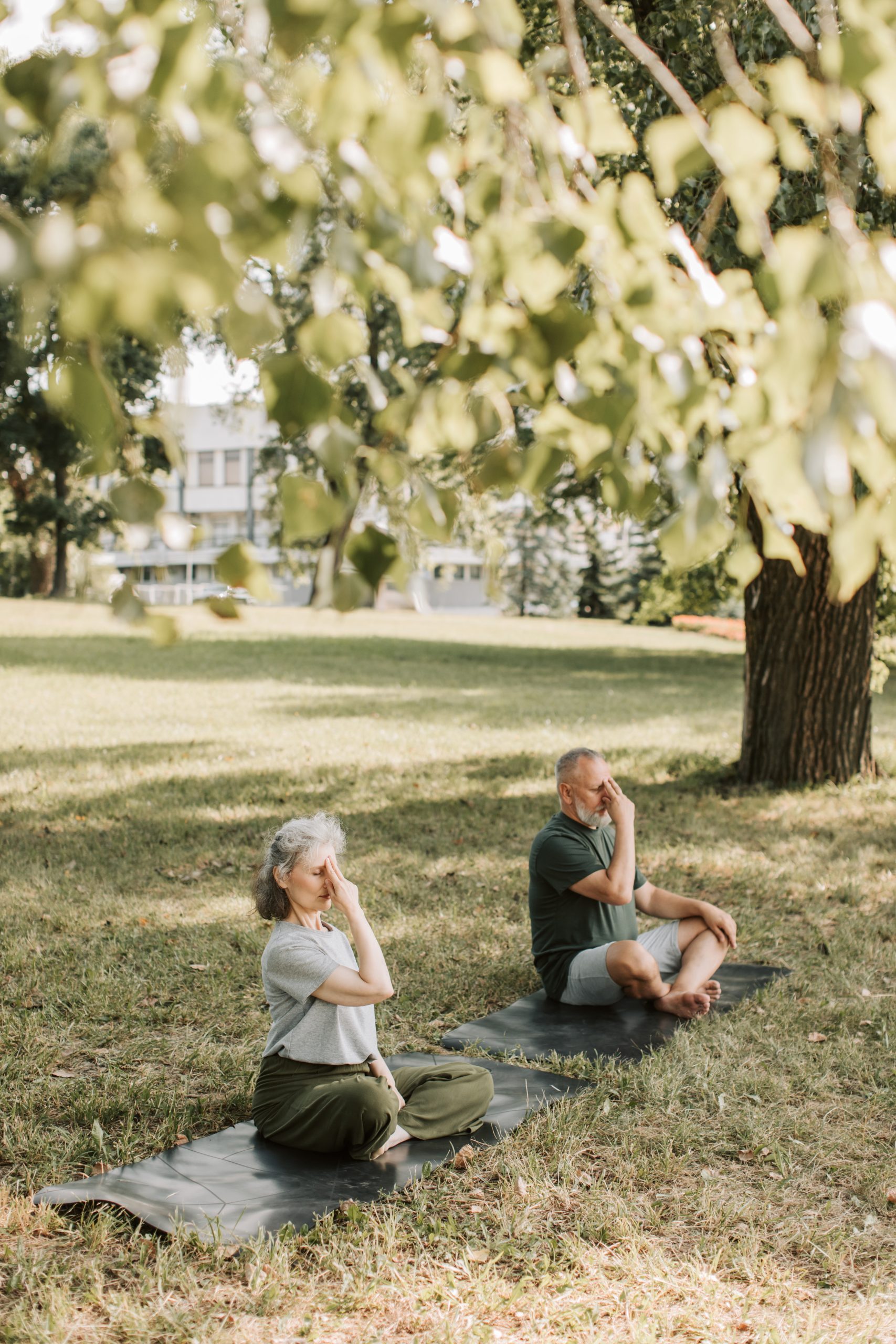



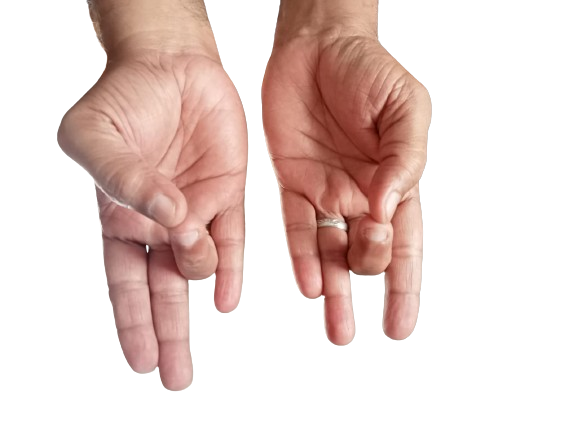

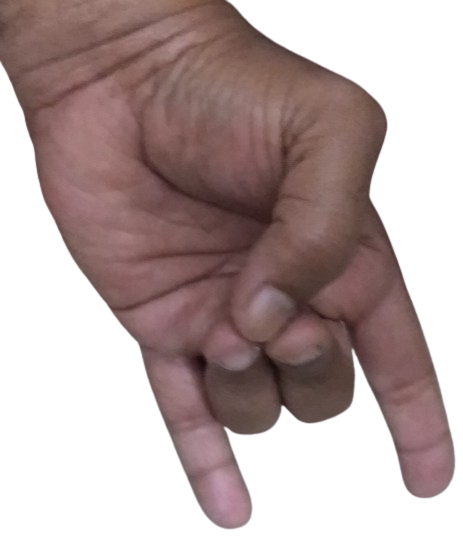
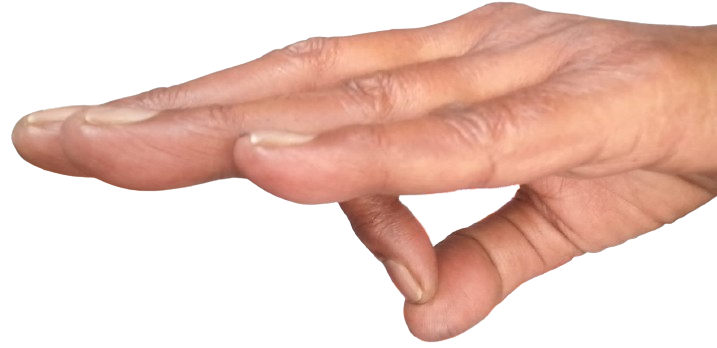
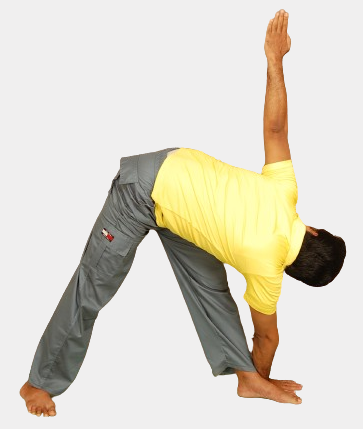
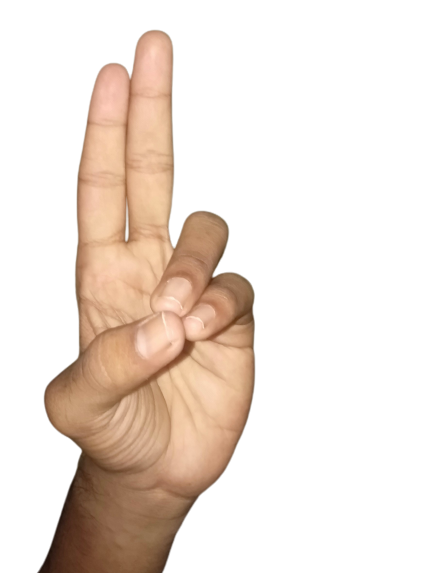
2 Responses
உபயோகமாக இருக்கிறது.
வாழ்த்துக்கள்
மிக்க நன்றி. தொடர்ந்து தளத்திற்கு வருகை தந்து தங்களின் கருத்துகளை பகிருமாறு கேட்டுக் கொள்கிறோம்.